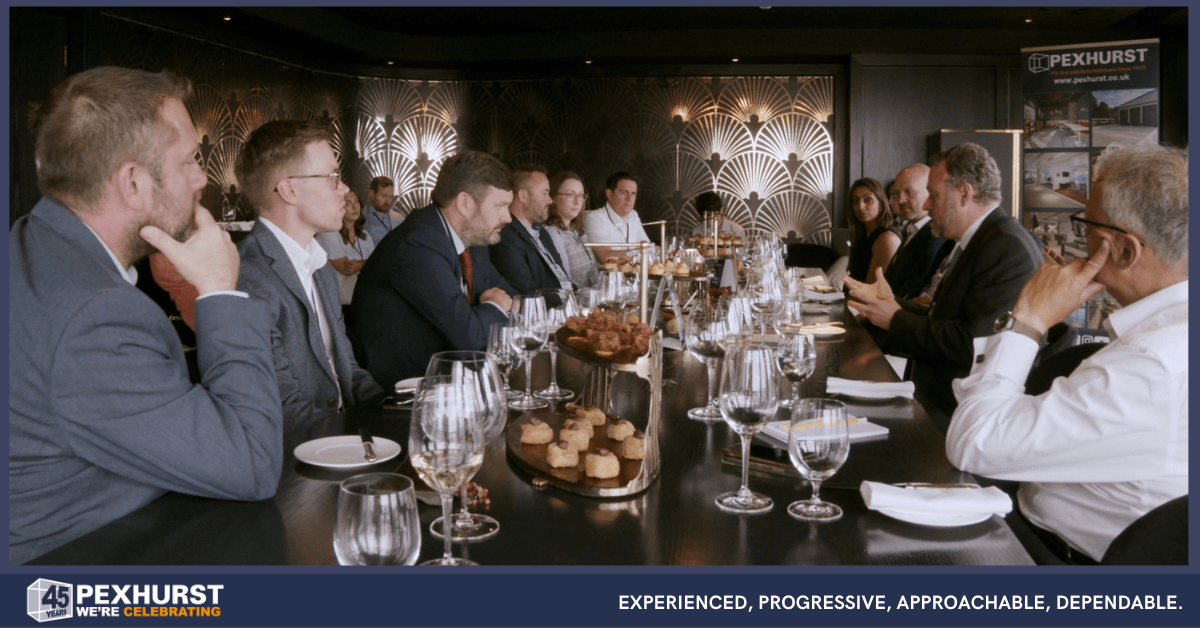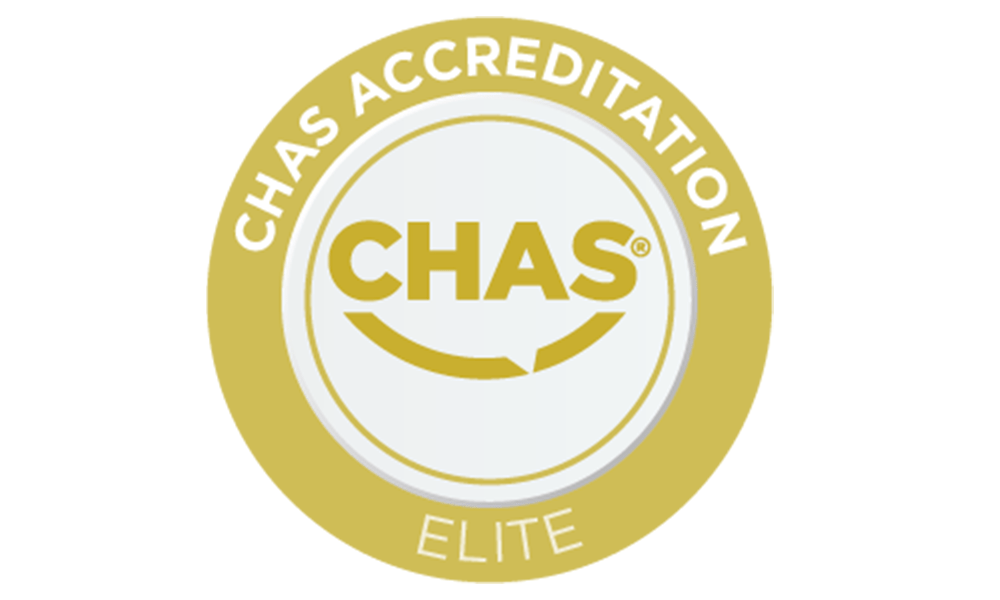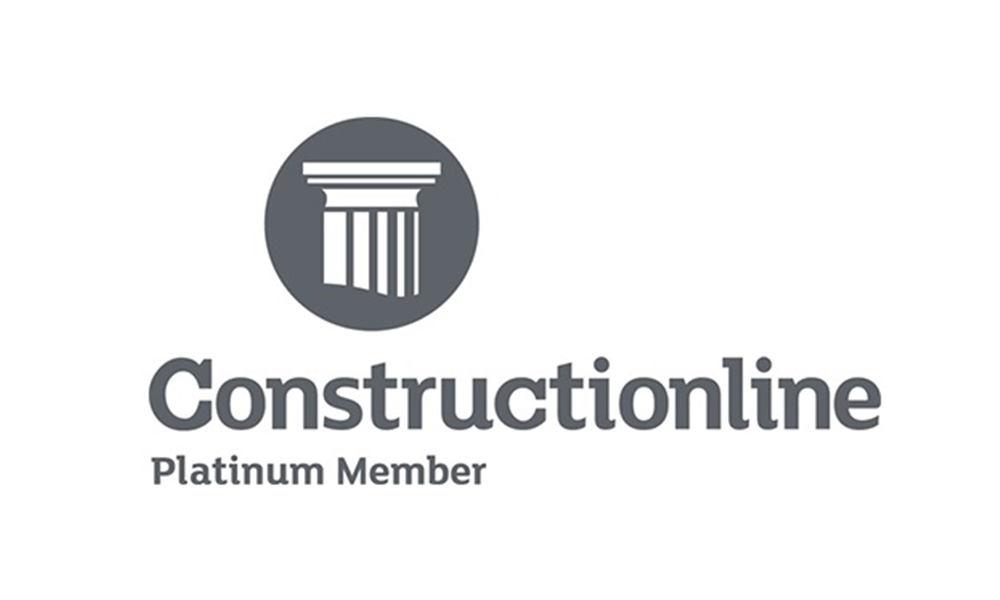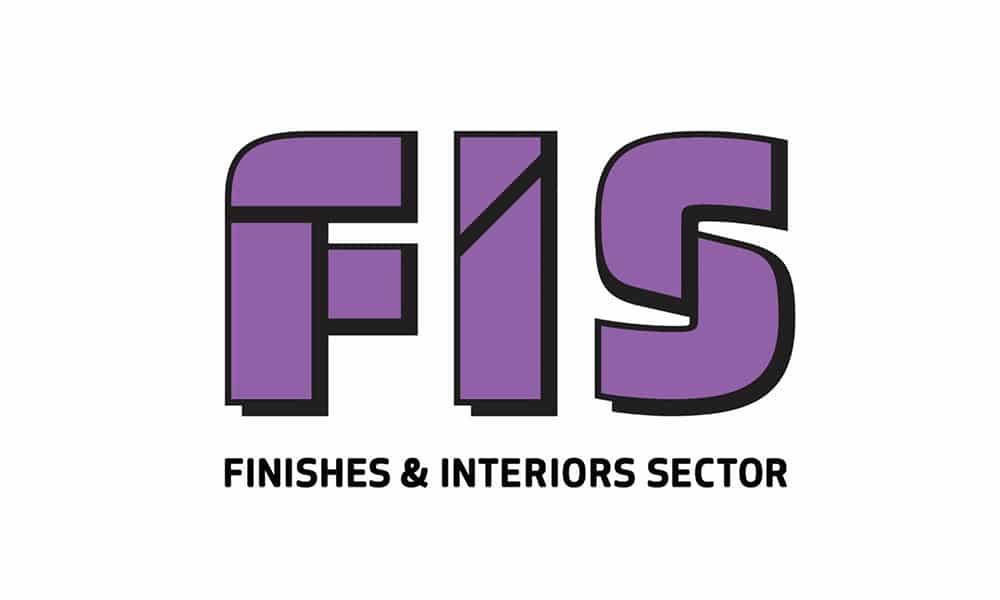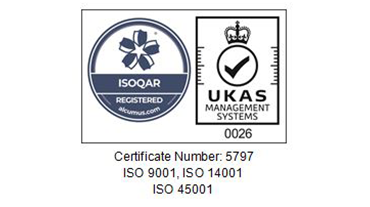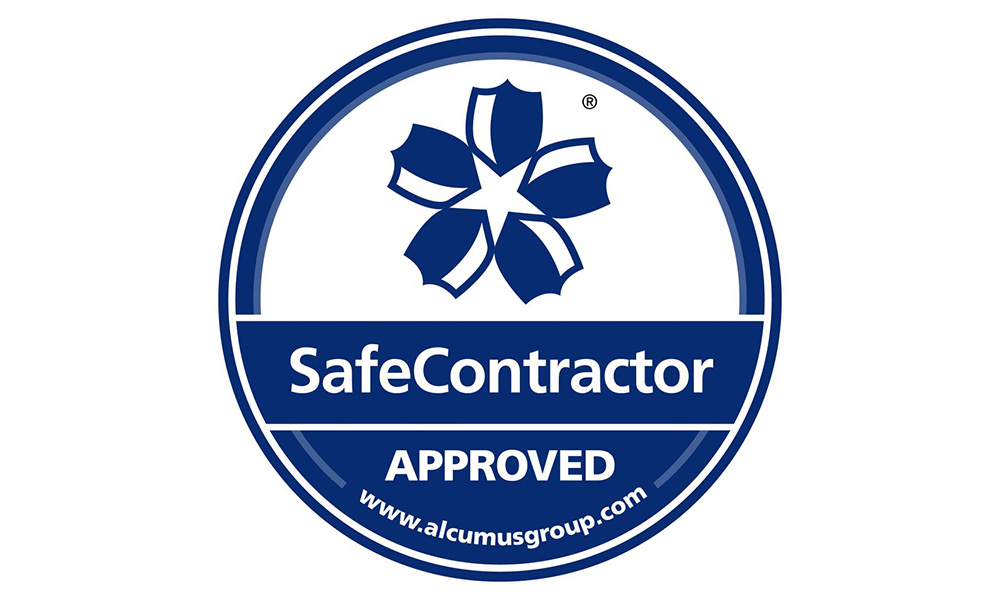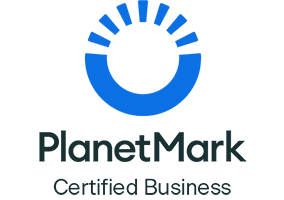Pexhurst Technical Directors Stuart Byles and Lee Stuart discuss the most pertinent talking points and outcomes from the Refurb and Reuse vs Demolition and Rebuild roundtable, from a fit-out and refurbishment perspective.
Follow the post-roundtable Q&A discussion below:
1. Refurbishment has been relatively late to BREEAM standards in comparison to new builds, and still seems to be in the early stages with a lack of cohesion in terms of the building’s needs. Do BREEAM standards still benefit developers when it comes to refurbishments?
Lee Stuart:
Absolutely, BREEAM standards do benefit the developer when it comes to refurbishments. Whilst there will certainly be an initial outlay by the developer to undertake a refurbishment to BREEAM standards, there will certainly be a benefit when it comes to letting the building in the case of the developer being the landlord or selling the building, as sustainability is high on the agenda and becoming ever more prevalent within the construction industry, which will increase demand for the space and command a higher yield.
At Pexhurst, we have been implementing BREEAM Schemes for various clients and we’ve previously worked with BRE on rolling out SmartWaste, our online environmental reporting tool, across every project we deliver, even if it isn’t registered as a BREEAM scheme. So, we’re excited to see more and more BREEAM uptake on fit-out projects on the client side. We’re pleased that there is a genuine drive towards sustainability and contractors can work with clients to achieve these goals.
2. The Environmental Social Governance (ESG) factor of building design can often be perceived as primarily the focus on energy consumption, when in fact, it goes beyond that. Can you elaborate on some other elements of ESG that improve the market value of assets and enhance their economic and social value?
Lee Stuart:
Any improvement to staff wellbeing which in turn has the potential to improve productivity has an economic value as well as a social value. The ESG factor will play a role in improving the market value of the asset as developers and landlords will be able to increase the market value, whilst tenants and building users will see worth in the asset themselves. The fabric of the building including its fixtures will influence the social value, as the clinical ‘plastic’ look of the past is not so appealing, with a greater emphasis of warm tones, such as the use of sustainable timber.
Additionally, we are finding more and more clients are turning to cycle shelters constructed from sustainable timber with a green roof as opposed to the metal framed cycle shelters with a plastic roof. Also, the introduction of both internal and external living green walls improves the social value for occupants, as these not only create a positive impact on the environment, but can even improve occupant wellbeing.
3. Working from home has changed office culture, but from an economic and social standpoint, employers want to attract employees back to the office. How can employers incorporate ESG elements to make the office more attractive?
Stuart Byles:
With so many people working from home, you need to give employees a real incentive to travel into the office, and make it worth their time. People are re-evaluating their work-life balance and realising they need more from their environment. It’s a competitive market, and more ambitious clients will incorporate features like gyms, but even bike stores are a great starting point.
Lee Stuart:
Breakout spaces are important for employees to gather on a break in a relaxed environment away from their desk for social interaction and improved mental health. We are seeing an emphasis on bike shelters as part of the sustainability and wellness agenda, but clients should also look to providing shower facilities to further encourage their employees to cycle in.
4. A significant factor of sustainable building design is future-proofing assets to avoid demolition in the future. Do you see relocatability becoming a more popular design aspect as a solution to this?
Stuart Byles:
Absolutely; relocatable partitions are a great solution for sustainable building design which aren’t used enough. But I think another solution is providing an alternative to the box standard fit-out. The industry has been doing fit-outs a certain way for decades, just because it’s the done thing. But now we’re saying: why are we putting suspended ceilings in offices?
If we take a progressive approach to office design, we realise we don’t have to install as many cables if people are using wireless devices. If we remove traditional desks, we remove the need for a raised access floor. It’s all about questioning what the space actually needs, and hopefully we will see more flexible, efficient workspaces being designed over the next few years.
5. Fit-out and refurbishments offer a far more sustainable alternative to demolition and rebuilding. However, many are put off by the costs as demolition can be a cheaper alternative. How can we make fit-out and refurbishments more attractive to clients?
Lee Stuart:
New builds have their own risks and challenges, and whilst demolition can sometimes work out cheaper, there are other risks with a new build that can affect cost and programme, particularly with regard to risks in the ground and the provision of all new utilities.
Also, think about the level of waste with the demo and new build approach. What’s attractive with regards to refurb, is that you’re only stripping out and demolishing an element of the building to incorporate the changes needed for the business’ use, minimising the impact to the environment. There are great solutions in place to enhance an existing building’s energy performance without demolishing the entire building.
6. How do you feel the roundtable discussions went, and what were the most important outcomes?
Stuart Byles:
The roundtable was a great experience to share multiple viewpoints from within the same industry, rather than just from a refurbishment point-of-view. The format worked incredibly well and we found that we were actually excited to talk about certain topics without even needing to be prompted by the chair.
In terms of outcomes, it was interesting to hear the viewpoints of building surveyors and their takes on sustainability. For us, it was refreshing to know that sustainability is being driven by the market as much as it is by contractors. We don’t see sustainability as a tick-box exercise; it is an ongoing process that doesn’t stop when the building’s refurbished; it runs all the way through the lifespan of the building.
Keep an eye out for the White Paper and video coming soon…!
Follow us on LinkedIn – https://www.linkedin.com/company/pexhurst-services-limited/

